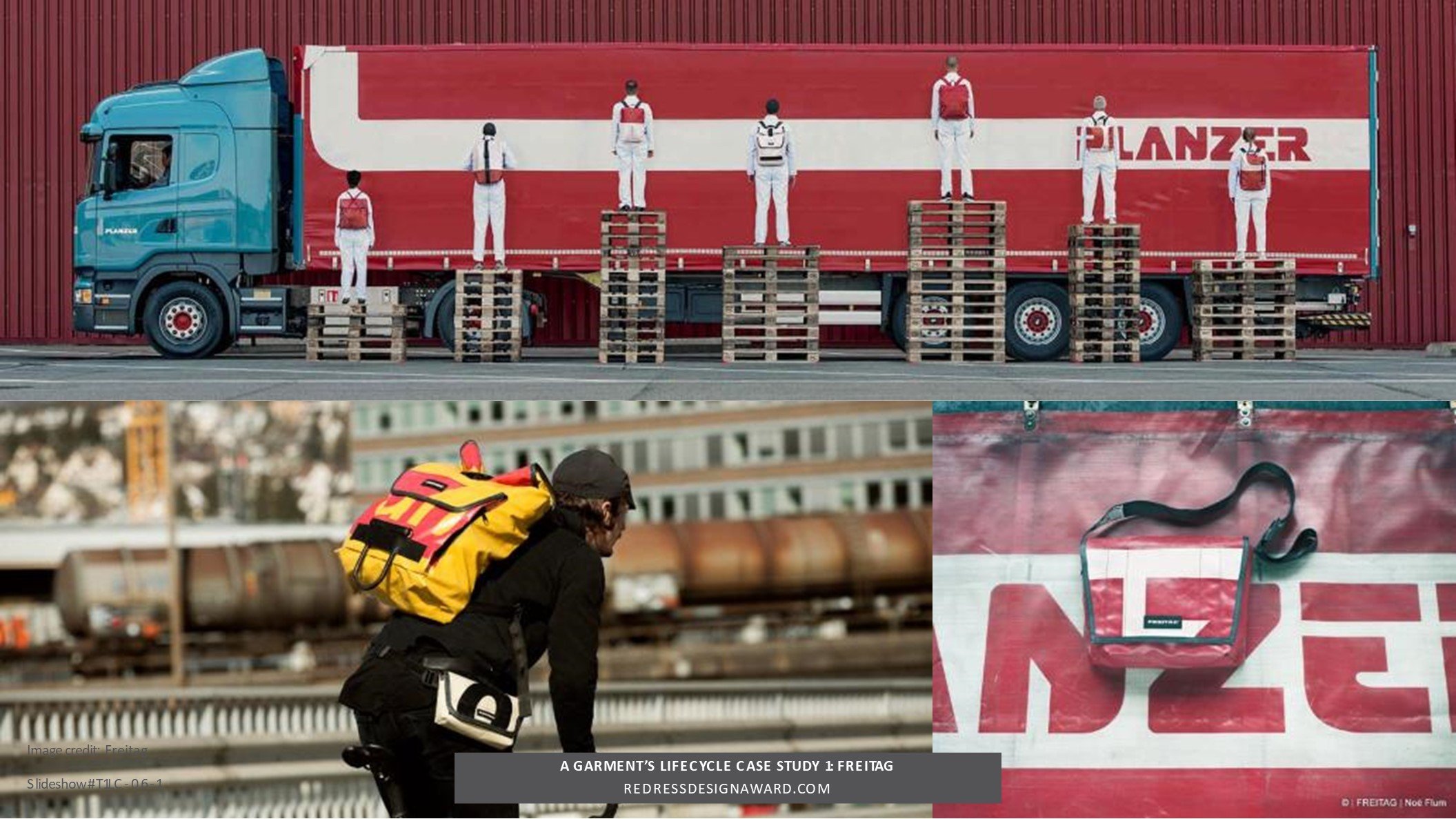In this case study, we will discover and discuss what it takes to design your products with a life cycle in mind.
Read MoreIn this case study, see how Levi’s identified their waste hotspots across the supply chain. Not only did they significantly reduce their environmental impact across the product’s life cycle, it also led to new industry standards and innovative solutions towards cleaner denim.
Read MoreIn this case study, learn why planning the life cycle for your products involves mapping out your materials in order to allow for circular business models.
Read MoreAs designers, there is a real opportunity to partner with manufacturers and other industry partners to design out waste within the supply chain and through to consumer use. In the Circular Redesign Challenge with TAL Apparel, we challenged our Redress Design Award Finalists to create an outfit using defective shirts, inspired by an exclusive circular design collection from The R Collective x Garcia Bello.
Read MoreDesigning for circularity goes beyond the design of the garment itself. Through packaging and messaging, there is an opportunity to communicate and share your brand story to build your customers’ emotional attachment with your product and thereby encourage longevity of use. In partnership with leading sustainable packaging expert Delta Global, we challenged our Redress Design Award Finalists, joining forces with marketing and product design students, to inspire customers through fashion’s packaging.
Read MoreIn this case study, we ask tonlé founder, Rachel Faller, about her biggest challenges, successes, and top tips for building a circular fashion business.
Read MoreIn this case study, Camilla talks about why fibres are so important to design decisions and how to take control by understanding their lifecycle.
Read MoreThis guide provides an introduction to the key role of fibres in the circular fashion system and gives you an overview of the environmental impact of natural and man-made fibres.
Read MoreOn this interactive website, create your very own pair of jeans and see its environmental impact while learning about innovations that are transforming fashion sustainability.
Read MoreExplore how Eastman, Naia™ cellulosic fibre’s manufacturer, has paired responsible sourcing with low impact manufacturing processes to develop a high-performing yarn that offers a sustainable alternative to designers.
Read More









